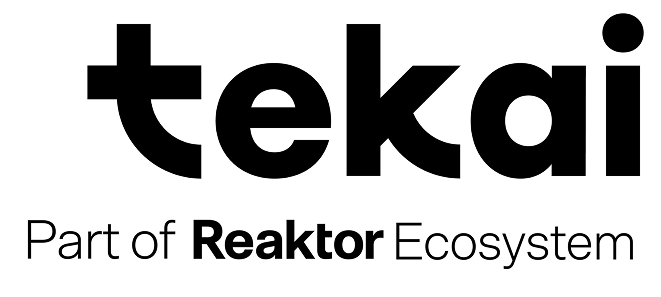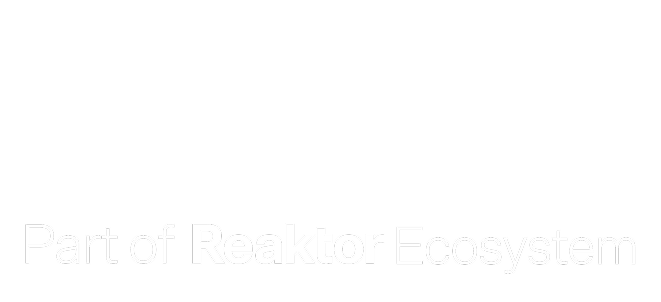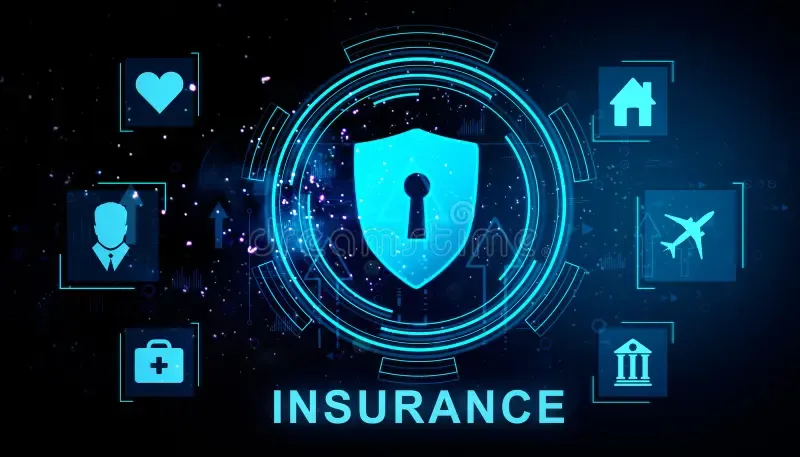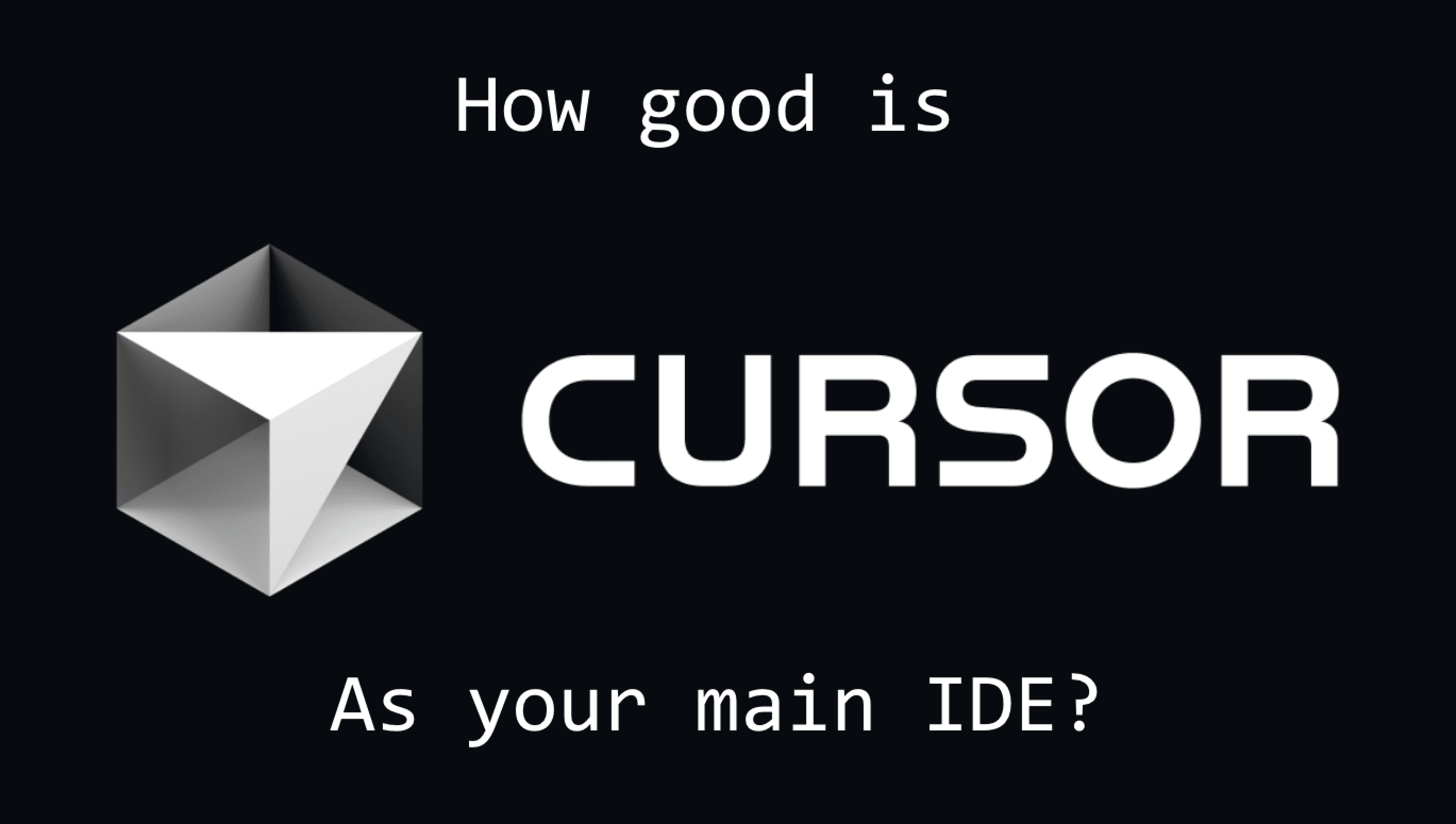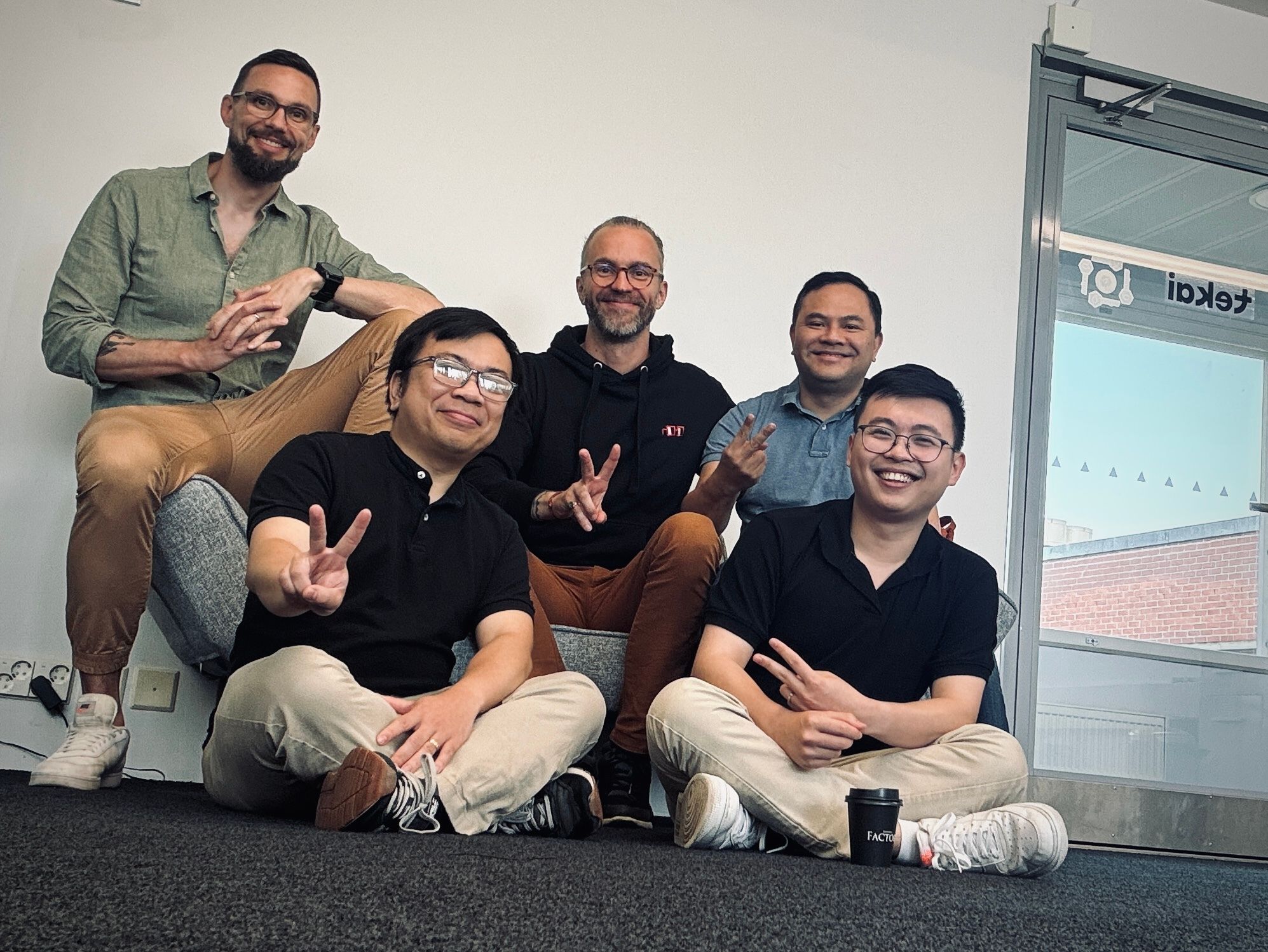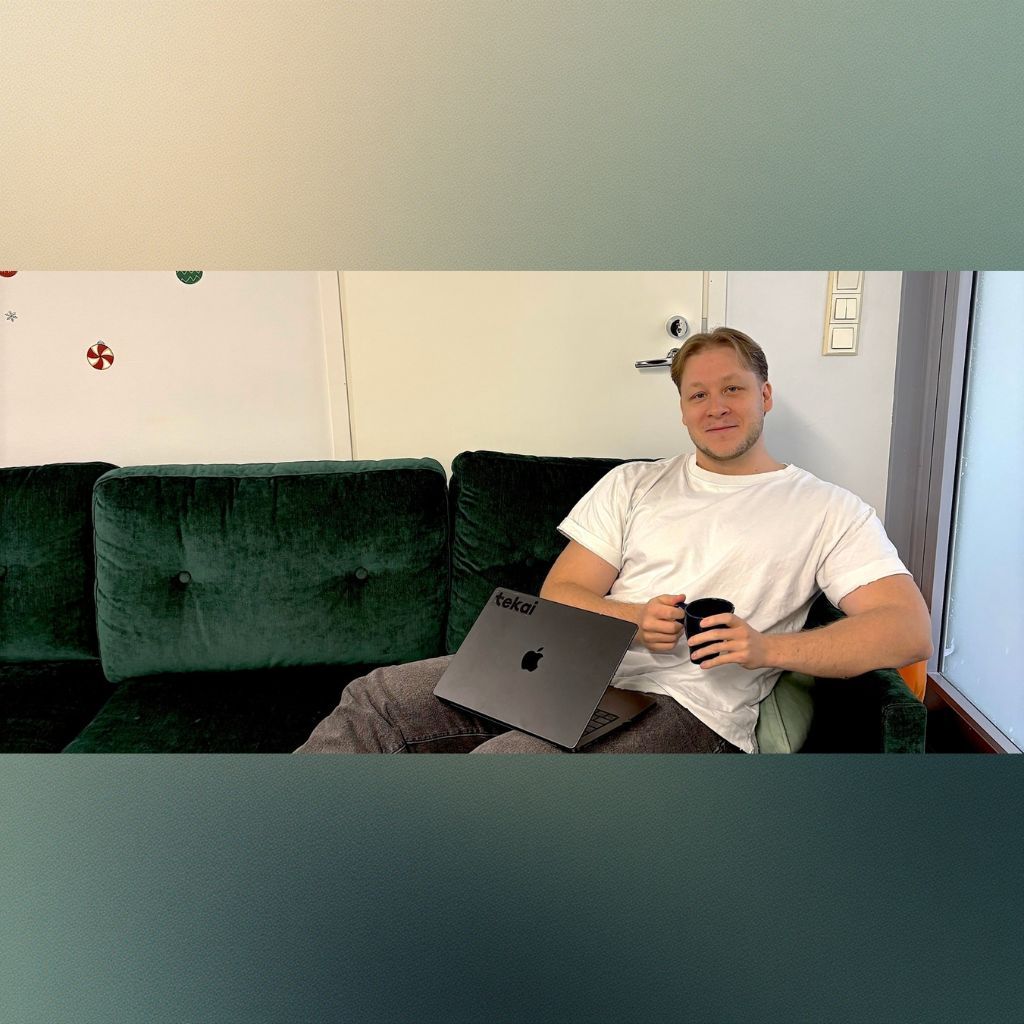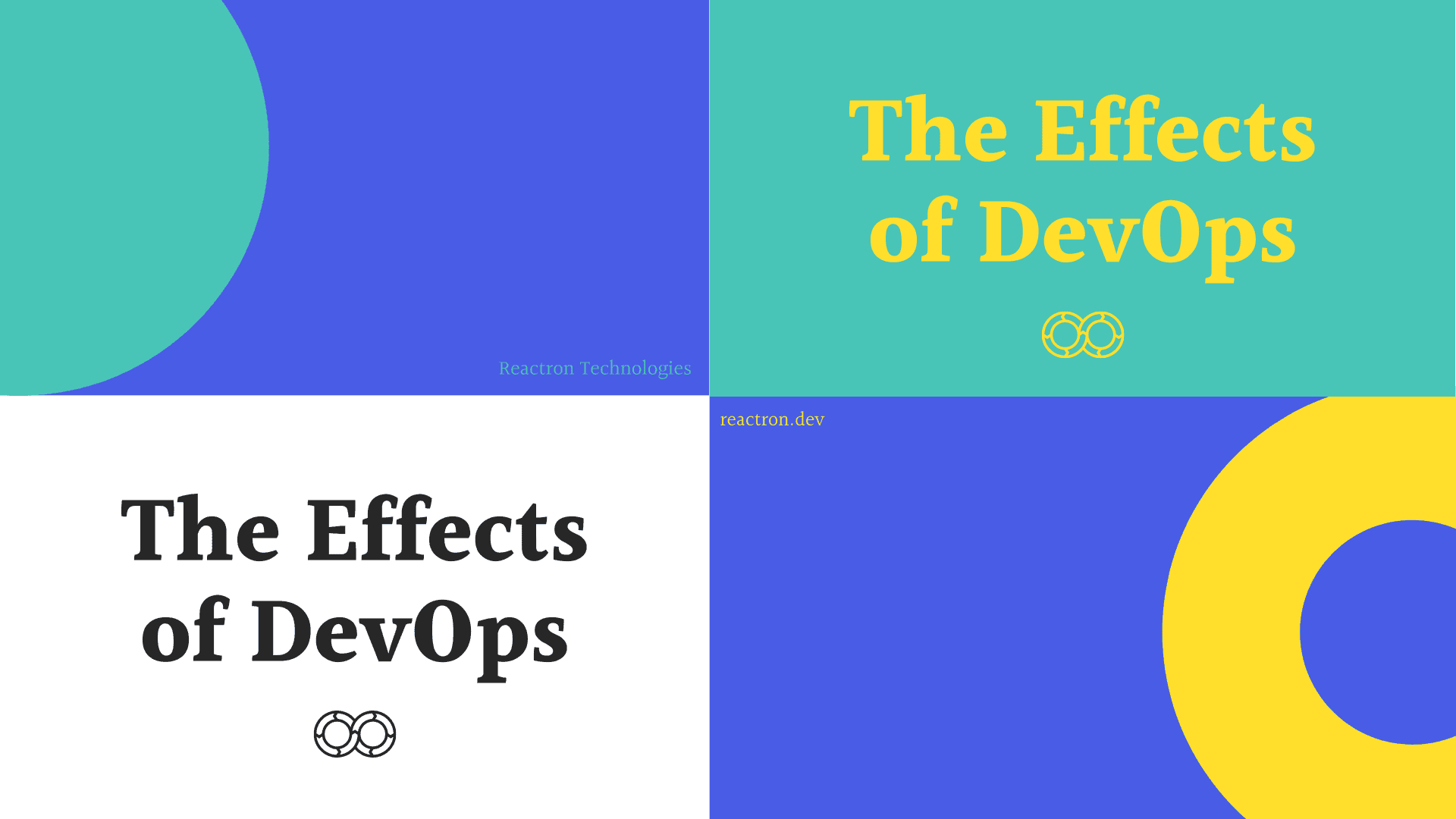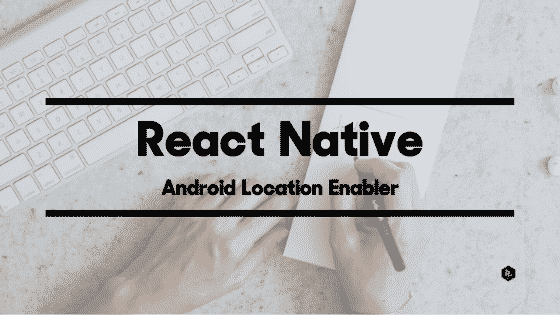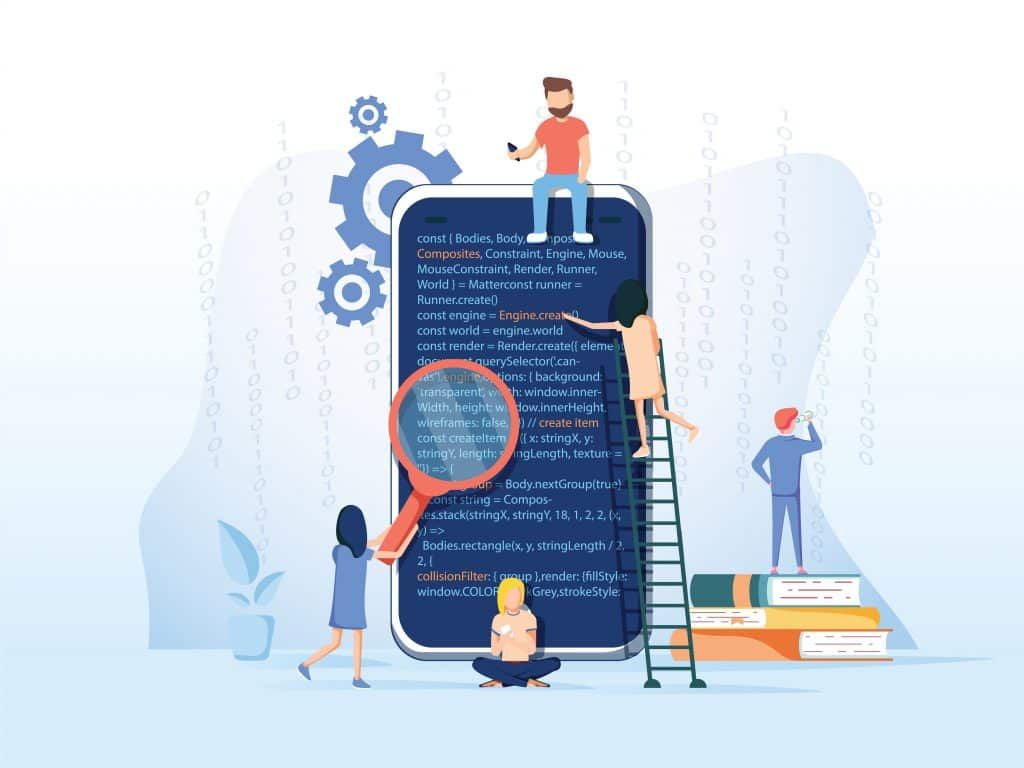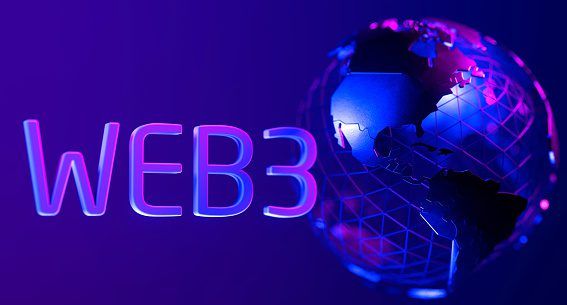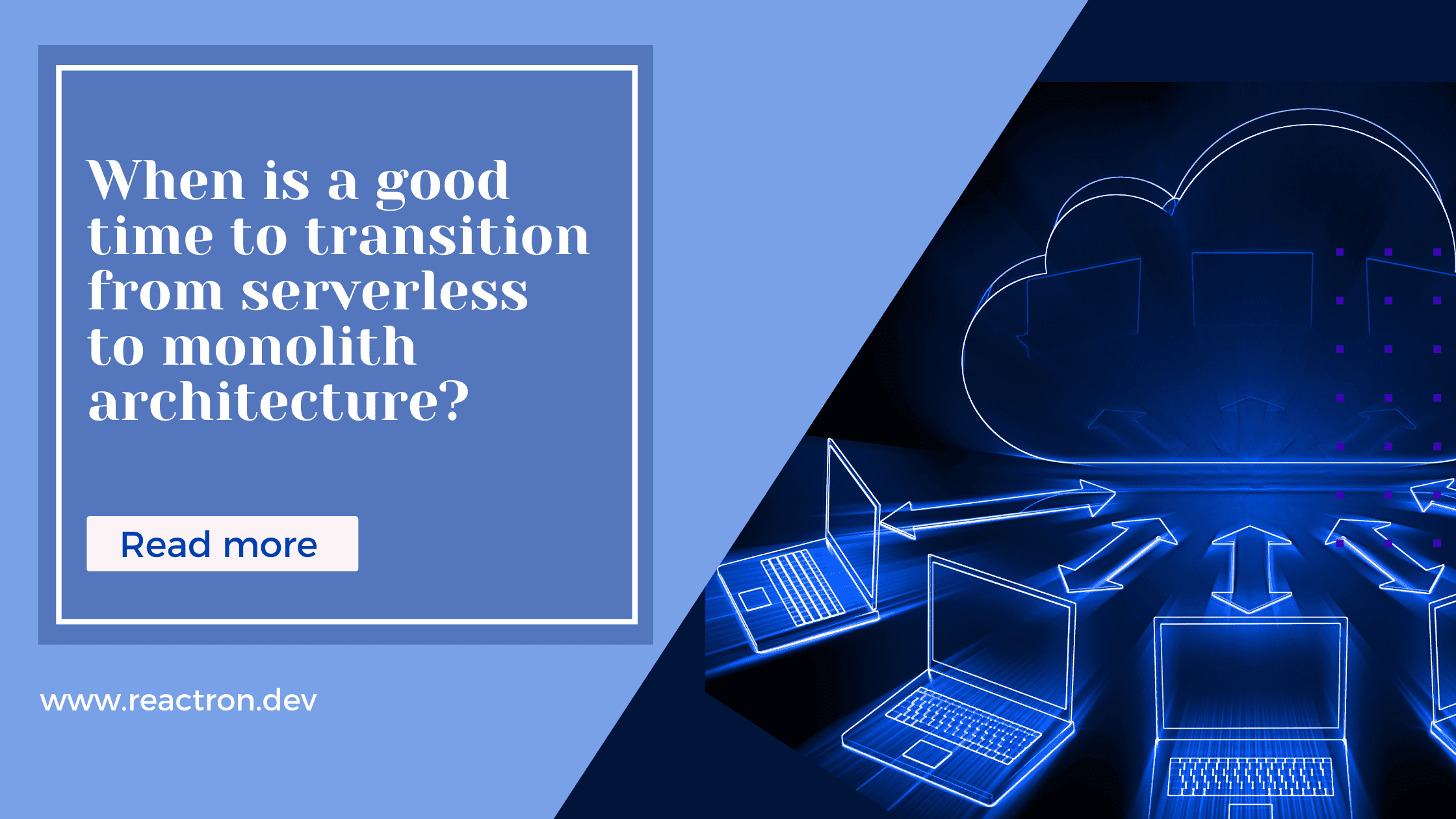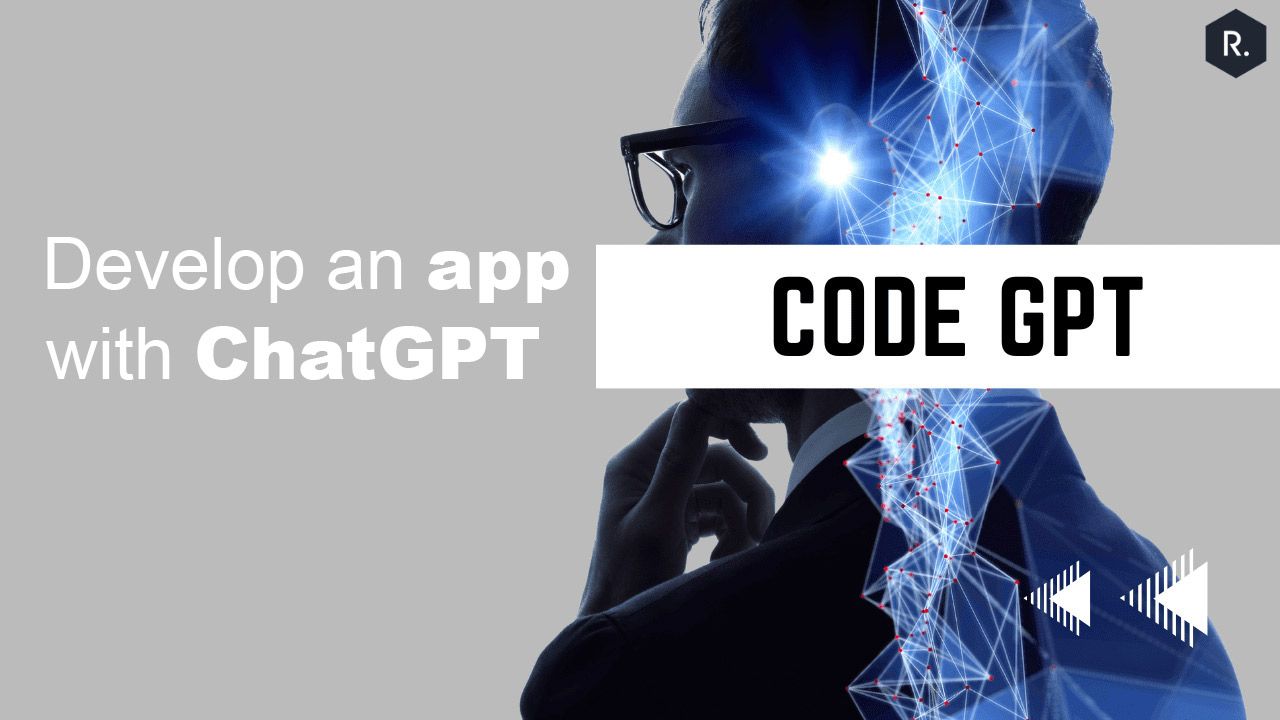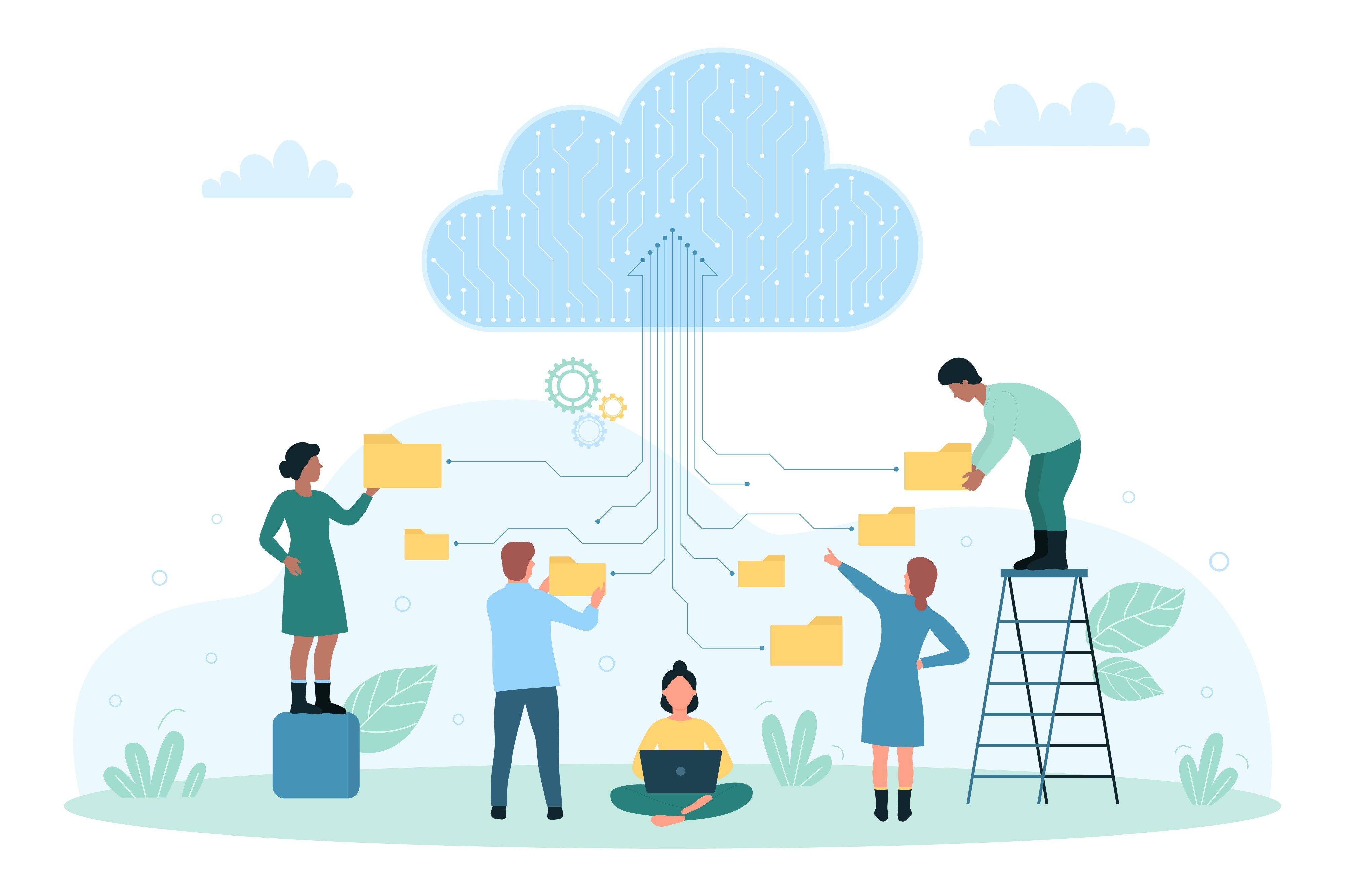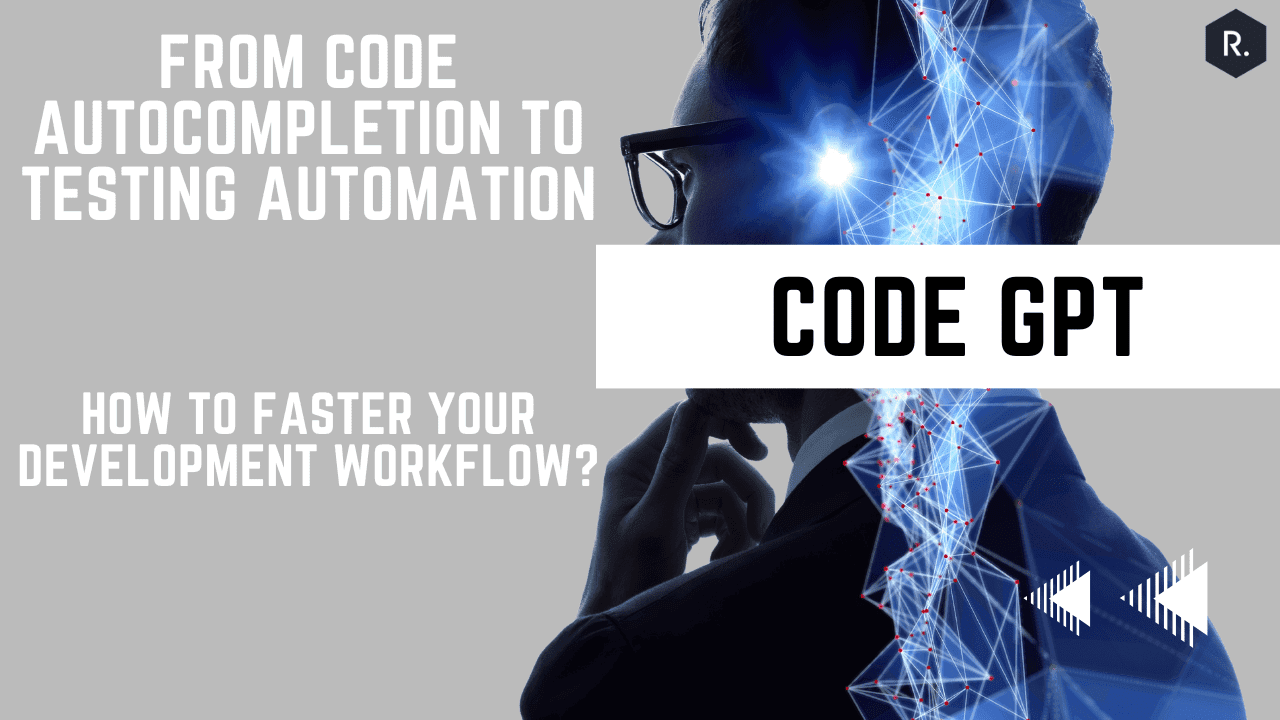Experience in ERP Development and Lessons Learned
16/12/2024
by Tekai

Experience in ERP System Development: Lessons Learned from a Project at <Anonymous Company - Referred to as A, for confidentiality reasons>
This is a series of blog post from Tekai's personnel sharing their past working experience and how those experience can help Tekai's future clients.
In my career in information technology, one of the most inspiring and enriching experiences was participating in the development of an ERP (Enterprise Resource Planning) system at Technology Solutions Joint Stock Company A. This project required a combination of strategic thinking, technical expertise, and adaptability to address the complex needs of businesses.
Introduction to Company A
Technology Solutions Joint Stock Company A is a pioneer in ERP system development, providing comprehensive enterprise resource planning solutions. Its mission is to deliver modern technological platforms that enable businesses to manage all activities effectively and cohesively.
Headquartered in Hanoi, with a branch in Ho Chi Minh City, Company A has collaborated with major partners such as Phu Tai Joint Stock Company, VINA G7, and NANO Architecture & Interior Joint Stock Company to implement optimized ERP solutions tailored to various industries.
A's ERP system goes beyond basic modules like Production, Warehouse, and Finance-Accounting, offering customizable features to meet diverse business needs. This uniqueness has built the company's reputation in the technology market.
The Journey of Building a Comprehensive ERP System
The ERP system my team and I developed at A was designed to comprehensively manage all business operations on a unified platform. Its main modules included Production , Warehouse , Sales , Procurement , Finance-Accounting , and Human Resources-Payroll .
This was not just an integrated system but also a tool allowing businesses to tailor functionalities to their specific needs. Consequently, we faced challenges such as handling complex data management, ensuring stringent security and access controls, and maintaining real-time synchronization across departments.
Key Characteristics of the ERP Project
The ERP system at A had several distinctive features compared to typical technology projects:
Wide Scope and High Integration
Unlike standalone applications, ERP systems tightly integrate multiple modules with complex, diverse datasets. This required robust data model management while ensuring integrity and accuracy across all processes.
Flexible Customization for Business Needs
Unlike e-commerce or simple applications, ERP systems must meet the unique requirements of each business. Each client demanded distinct business processes, requiring a system capable of seamless expansion and customization.
Complex Security and Access Controls
ERP systems feature detailed user access mechanisms. Different organizational roles (e.g., financial managers, HR personnel, or warehouse operators) have varying levels of access to modules. This ensures sensitive data is only accessible to authorized personnel, safeguarding corporate information.
Real-Time Synchronization
ERP systems demand real-time data synchronization across departments. For example, when an order is updated, information on inventory, shipping, and finance must synchronize instantly to avoid errors. We utilized technologies such as SignalR, gRPC, and event-driven architectures to achieve this.
Technologies Underpinning the Success
To meet stringent requirements, I employed a range of modern technologies:
- Backend: Leveraged C#/.NET, SQL Server, and real-time synchronization technologies like SignalR and gRPC.
- Frontend: Developed a smooth, user-friendly interface with Angular, NgRx, and Angular Material.
- DevOps: Optimized deployment processes using tools like Jenkins, Docker, and the ELK Stack.
Notably, my proposal to integrate Redis for caching optimization, session management , and data distribution significantly enhanced the system’s performance and scalability.
Lessons Learned from the Project
The project at A was not only a career milestone but also a practical learning experience where I gained valuable insights:
- Proactive Problem Solving: Not just meeting requirements but actively seeking optimal solutions.
- Adaptability: Always ready to adapt to new demands or technological upgrades.
- Choosing the Right Technology: Understanding the project’s nature to make optimal technology decisions.
- Team Collaboration: Working closely to ensure progress and quality, especially in complex projects.
Conclusion: The Journey of Tackling Complex Projects
From my experiences at A, I realized that success in large-scale projects depends not only on technical skills but also on thorough preparation and teamwork. These are also lessons TEKAI can adopt to achieve greater heights:
- Clarify Requirements from the Start: Analyze customer needs thoroughly to build the most suitable solutions.
- Enhance Synchronization: Leverage advanced technologies like Redis or SignalR to ensure smooth and stable system operations.
- Flexible Customization: Prioritize customer benefits by developing scalable solutions tailored to unique requirements.
Every project is a lesson, and every lesson boosts my confidence in my journey. I believe that with dedication and relentless effort, any challenge can become an opportunity to create greater value.
